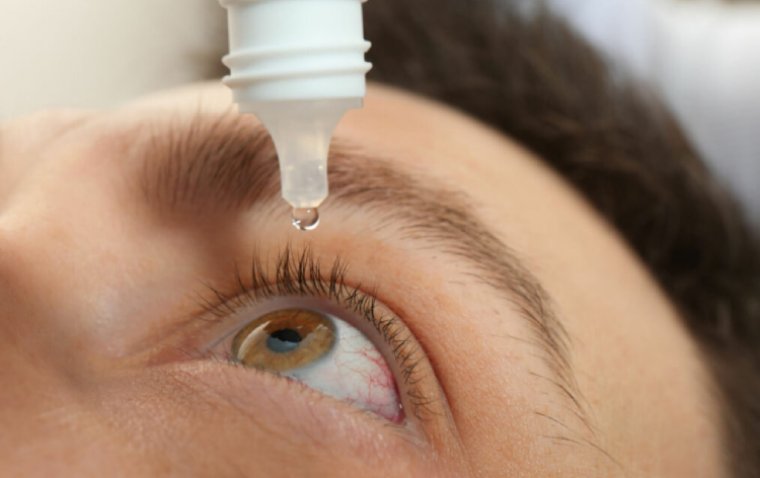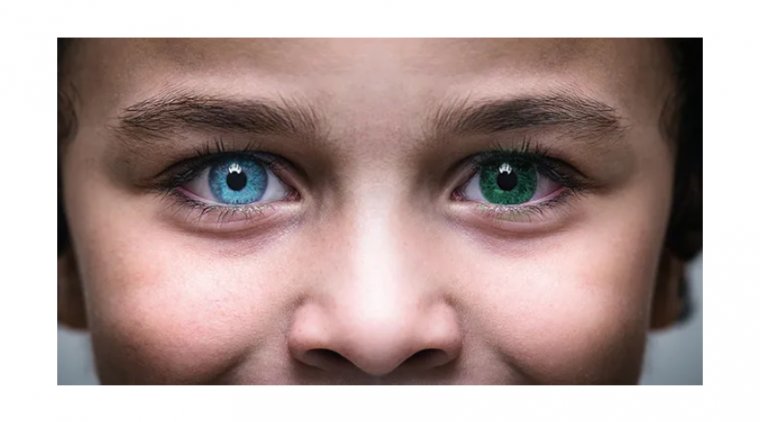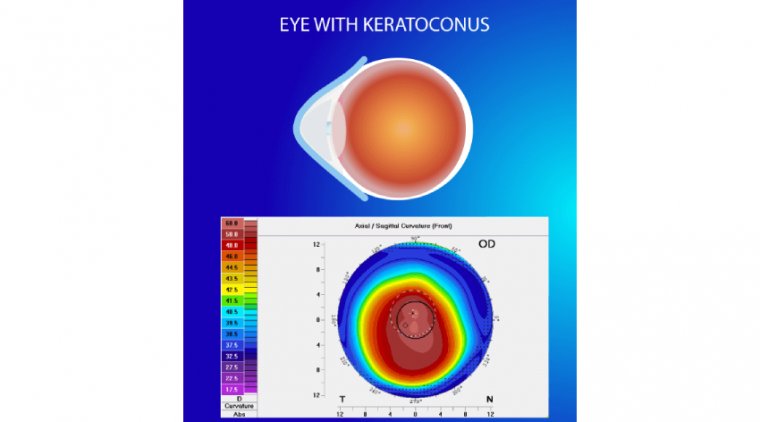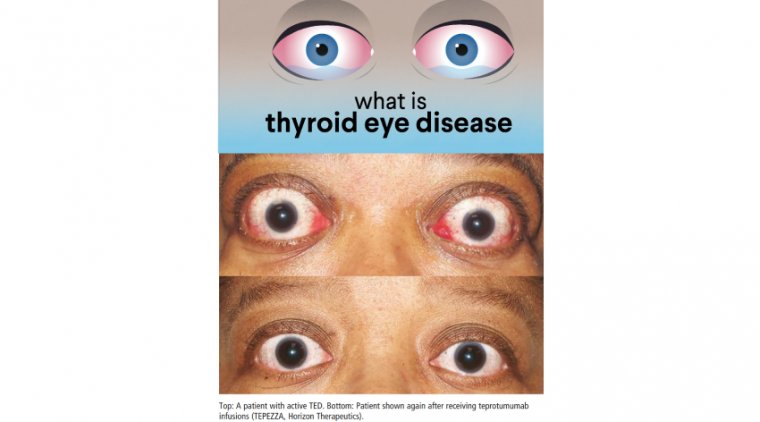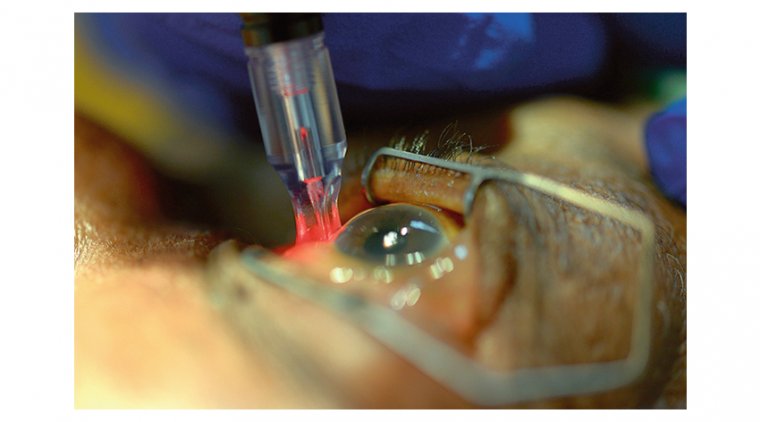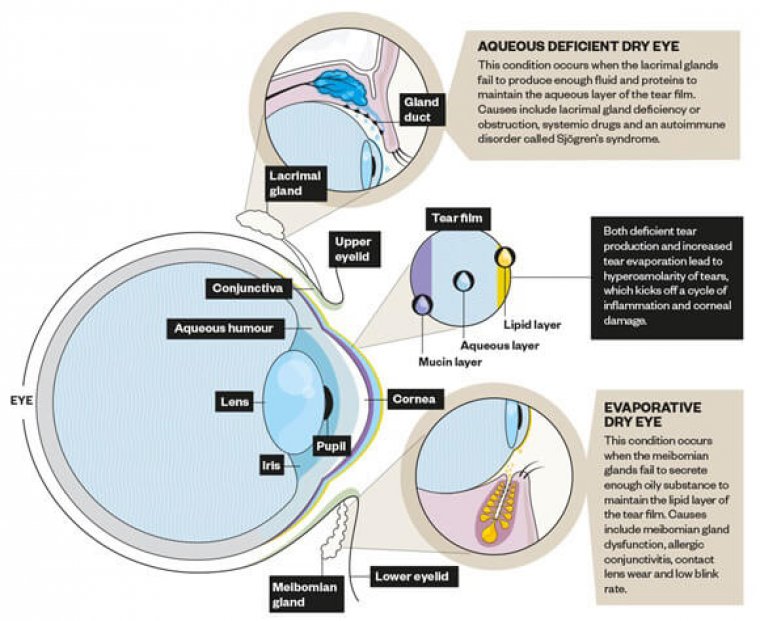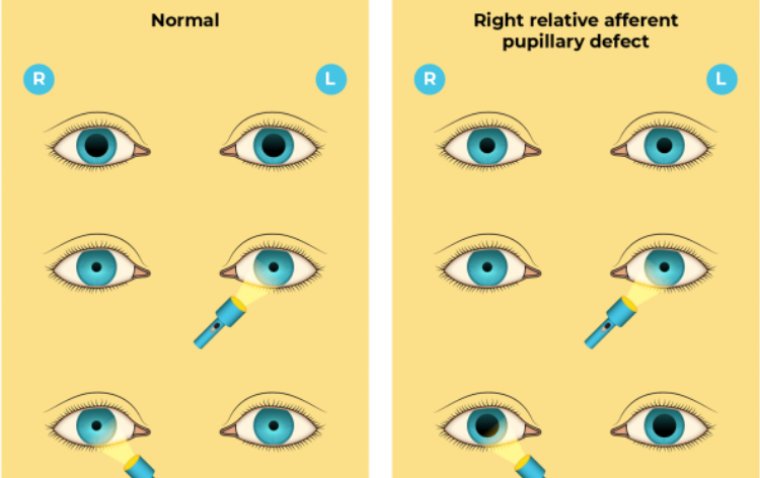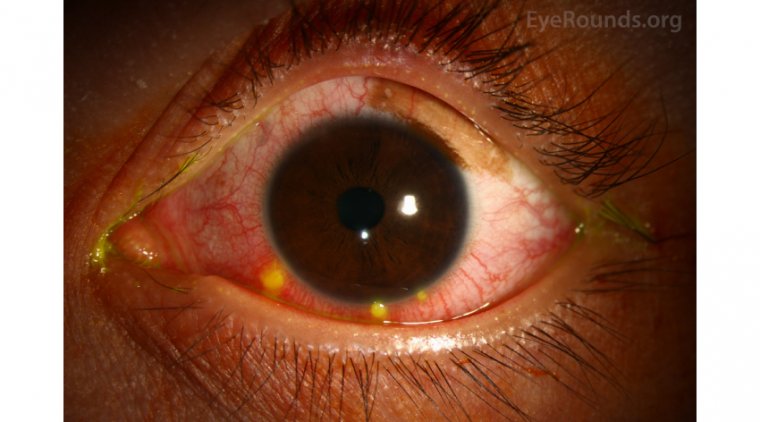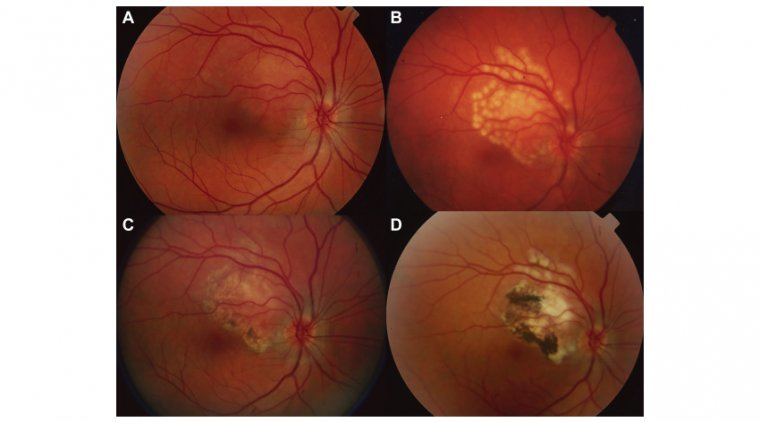
The Dark Side of Genetics: The Impact of Lowe Syndrome
Lowe Syndrome, also known as oculocerebrorenal syndrome of Lowe (OCRL), is a rare genetic disorder characterized by the triad of congenital cataracts, mental retardation, and renal tubular dysfunction. The disorder is caused by mutations in the OCRL1 gene, which encodes for a phosphatidylinositol 4,5-bisphosphate 5-phosphatase enzyme. The OCRL1 gene is located on the X chromosome, which means that the disorder primarily affects males.
Symptoms of Lowe Syndrome
Symptoms usually appear at an early age and may include:
● Congenital cataracts: clouding of the lens of the eye, which can cause decreased vision or blindness.
● Mental retardation: difficulty with cognitive development, learning, and memory.
● Renal tubular dysfunction: abnormal functioning of the kidneys, which can lead to electrolyte imbalances, kidney stones, and kidney failure.
Other symptoms may include muscle weakness, joint stiffness, and growth retardation.
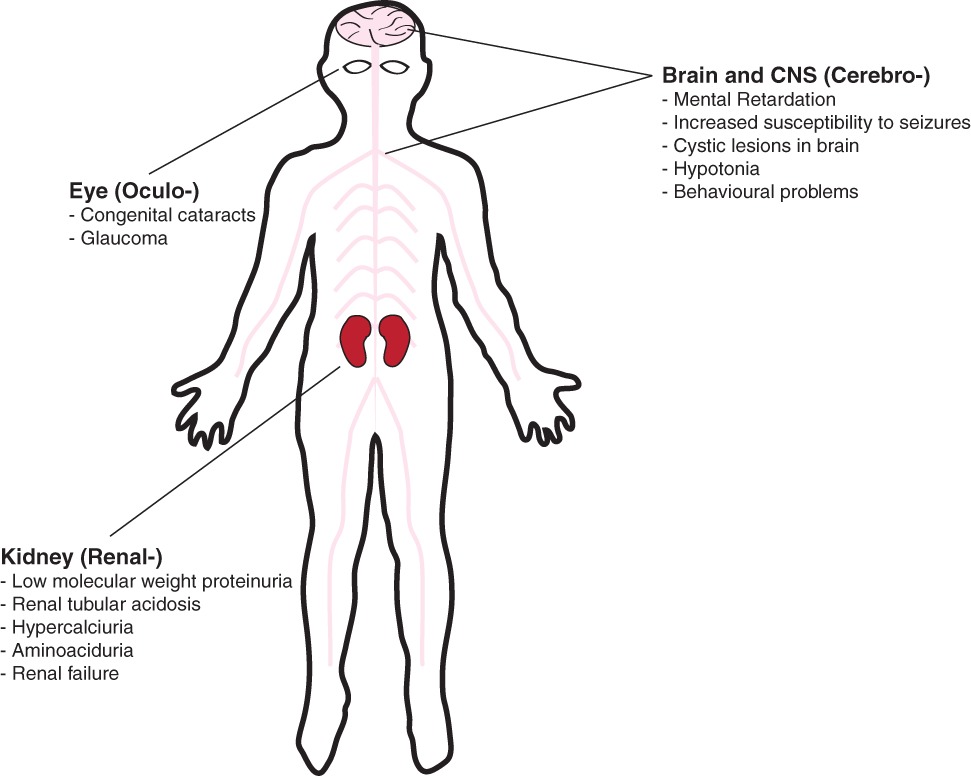
The Cellular and Physiological Functions of the Lowe Syndrome Protein OCRL1 Credit: Wiley Online Library
The diagnosis of Lowe Syndrome is made by a combination of clinical examination, genetic testing, and laboratory analysis of blood and urine.
Living with Lowe Syndrome
One of the most challenging aspects of living with Lowe Syndrome is the management of the congenital cataracts. Cataract surgery is the most common treatment for this condition and can help to improve vision. However, it is important to note that even after surgery, individuals with Lowe Syndrome may still have decreased vision or blindness. This can have a significant impact on their daily life and may require the use of assistive devices such as magnifiers, special glasses, or a white cane.
Mental retardation is another challenging aspect of living with Lowe Syndrome. Individuals with mental retardation can have difficulty with cognitive development, learning, and memory. They may require special education, occupational therapy, and speech therapy to help them with their cognitive development and learning.
Renal tubular dysfunction is another serious aspect of living with Lowe Syndrome. Abnormal functioning of the kidneys can lead to electrolyte imbalances, kidney stones, and kidney failure. Individuals with renal tubular dysfunction may require medications to manage electrolyte imbalances and kidney stones, as well as regular monitoring of kidney function to prevent or delay kidney failure.
What Can Be Done?
Currently, there is no cure for Lowe Syndrome, and treatment is primarily focused on managing the symptoms. Treatment may include:
● Cataract surgery: to remove the cloudy lens of the eye and improve vision.
● Physical therapy: to help with muscle weakness and joint stiffness.
● Medications: to manage electrolyte imbalances and kidney stones.
● Monitoring of kidney function: to prevent or delay kidney failure.
● Special education and occupational therapy: to help with cognitive development and learning.
It is important for individuals with Lowe Syndrome to be under the care of a multidisciplinary team, including a geneticist, ophthalmologist, nephrologist, neurologist, and physical therapist. Regular monitoring of symptoms and laboratory results is necessary to ensure proper management of the disorder.
Can Girls Have Lowe Syndrome?
The condition is caused by a mutation in the OCRL gene, which is located on the X chromosome. Females typically have two copies of the X chromosome, which means that they would need to have two copies of the mutated gene in order to develop the disorder. This is considered to be very unlikely, as it would require a double mutation to occur. Therefore, while theoretically possible, it is extremely rare for girls to have Lowe syndrome.
Conclusion
Lowe Syndrome is a rare genetic disorder characterized by the triad of congenital cataracts, mental retardation, and renal tubular dysfunction. The disorder is caused by mutations in the OCRL1 gene and primarily affects males. The symptoms of the disorder can be managed with a combination of treatments, including cataract surgery, physical therapy, medications, and special education. It is crucial for individuals with Lowe Syndrome to be under the care of a multidisciplinary team for proper management of the disorder.
FAQ
The condition is caused by a mutation in the OCRL gene, which is located on the X chromosome. Females typically have two copies of the X chromosome, which means that they would need to have two copies of the mutated gene in order to develop the disorder. This is considered to be very unlikely, as it would require a double mutation to occur. Therefore, while theoretically possible, it is extremely rare for girls to have Lowe syndrome.
Currently, there is no cure for Lowe Syndrome, and treatment is primarily focused on managing the symptoms. Treatment may include: cataract surgery, physical therapy, medication, monitoring kidney function, and occupational therapy.
(1).jpg)
